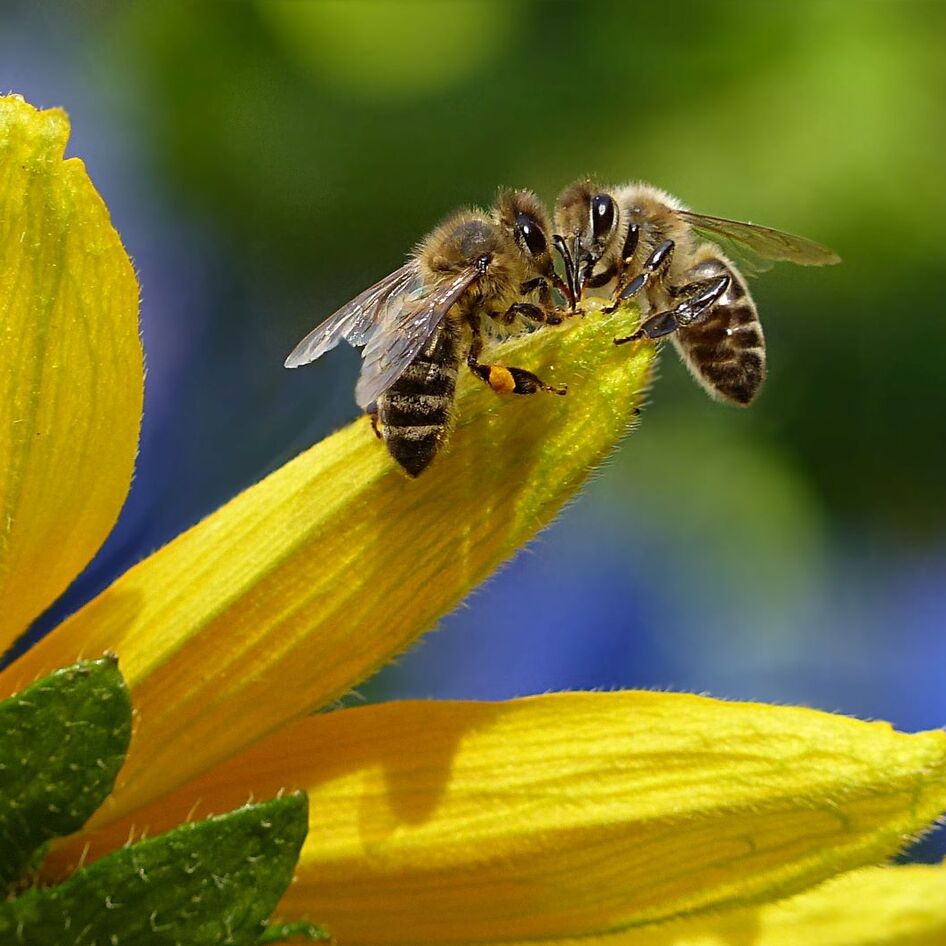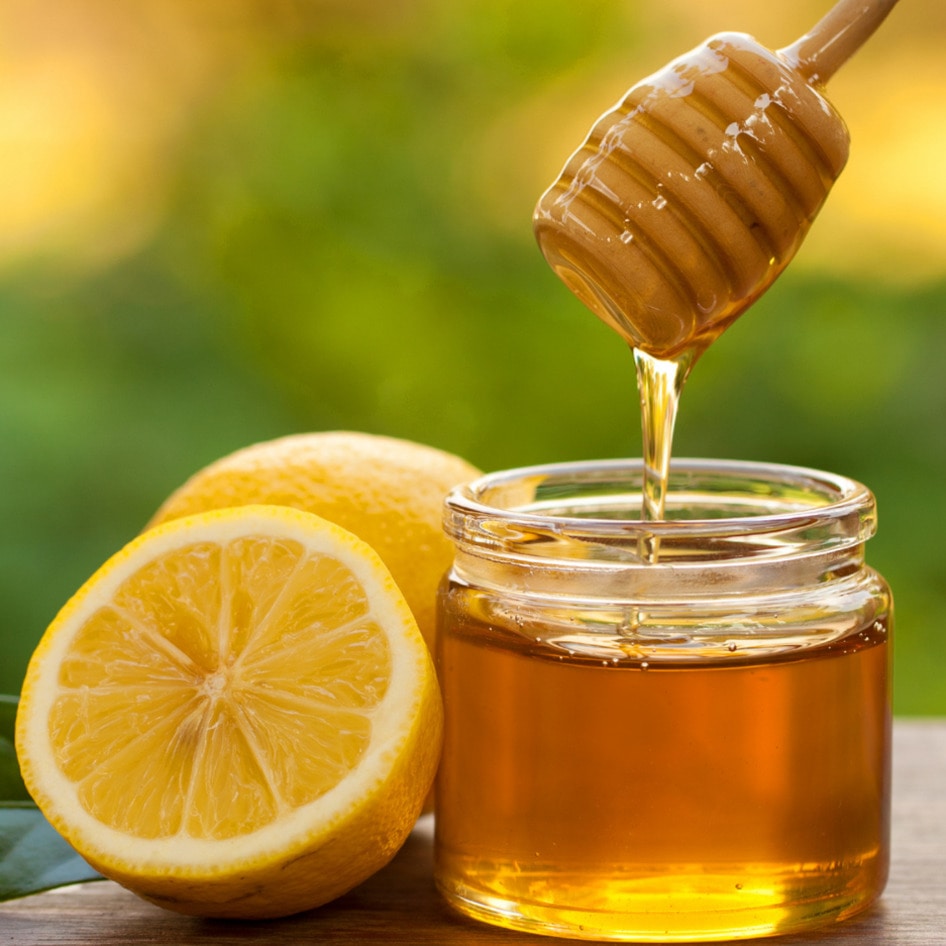70 Percent of Honey Found to Contain Pesticides
Samples from foraging bees in Massachusetts contained a toxin that is related to Colony Collapse Disorder.
August 17, 2015
A study published in the July 23 issue of the Journal of Environmental Chemistry found that more than 70 percent of the honey and pollen researchers collected from foraging bees contained levels of a pesticide called neonicotinoids pesticides, which can be detrimental to the health of bees, and can result in Colony Collapse Disorder (CCD). Unlike previous studies that collected stored pollen or samples collected at a particular instance, this study collected samples during an extended period of time. The study specifically focused on spring and summer months (when bees forage) and found that the pesticides in question were used across the state of Massachusetts, and that the bees were at risk no matter where they foraged. There has been a significant decrease in honeybee colonies since 2006 due to CCD, in which adult bees abandon their hives in winter. The increasingly dire state of bees is a concern for food security because they are the primary pollinators of approximately one-third of the world’s crops.
JUMP TO ... Latest News | Recipes | Guides | Health | Subscribe







